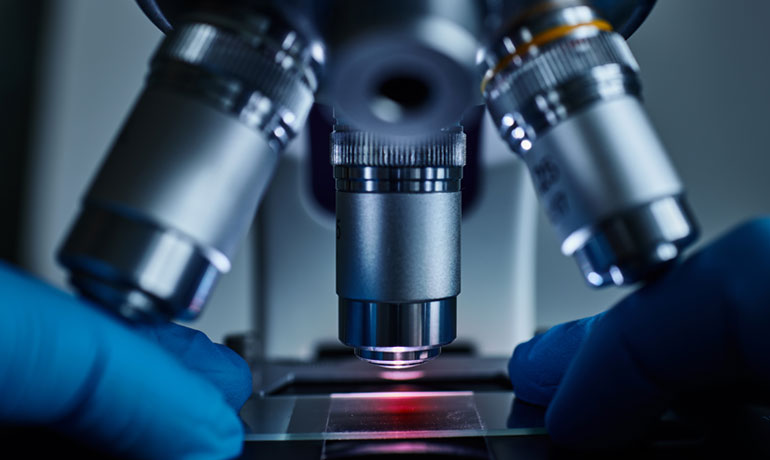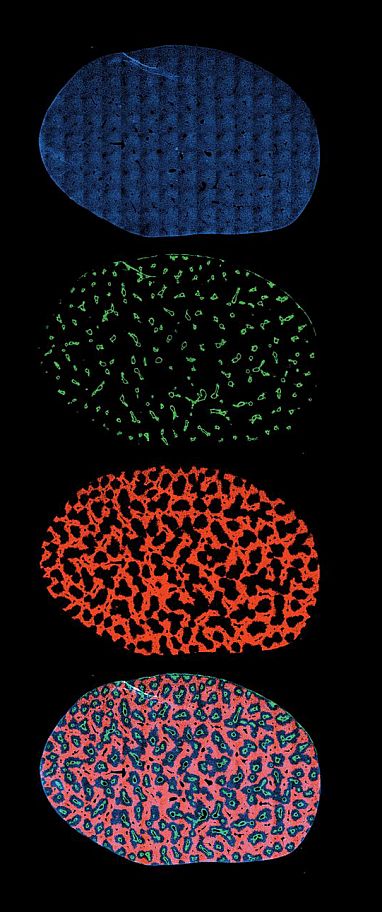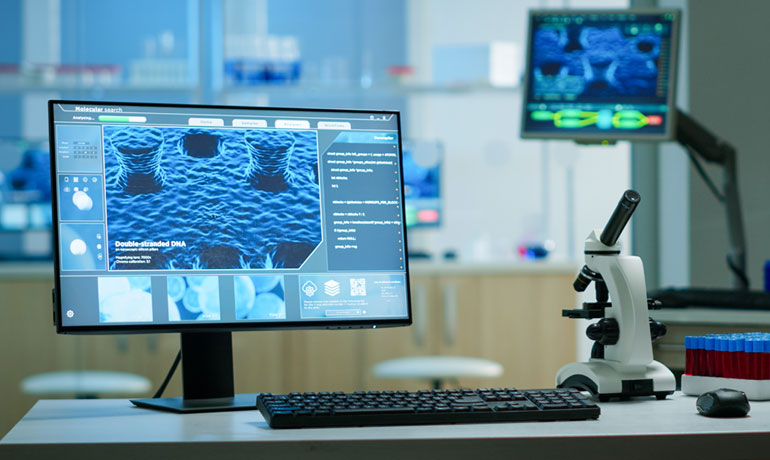Myth #1: Stem cells cure every ailment
The misrepresentation of the therapeutic abilities of stem cells is quite common. Stem cells are not a “magic cure” for all diseases. The long term therapeutic properties of stem cells are still being investigated, and although there have been many studies completed showing their positive effects on patients, results cannot always be guaranteed. However, stem cell therapy is a viable treatment option for autoimmune conditions, chronic inflammation and a handful of other ailments.
What can stem cell therapy potentially treat?
Stem cell therapy can potentially treat:
- ALS
- Alzheimer’s
- Autoimmune conditions
- COPD
- Crohn’s Disease
- Diabetes (Type 1)
- Heart Failure
- Kidney Disease
- Liver Disease
- Lupus
- Lyme Disease
- Multiple Sclerosis
- Neurological conditions
- Neuropathy
- Parkinson’s
- Reflex Sympathetic Dystrophy (RSD)
- Spinal Cord Injury
- Stroke
- Traumatic Brain Injury (TBI)
Myth #2: The United States offers the highest quality treatments
Despite the clinical evidence, the United States still has stringent regulations and laws against stem cell treatments. There may be many clinics in the US offering “stem cell therapies,” however, these treatments are highly restricted in scope and number of cells used. Some clinics within the United States may also attract new patients and then refer them to international clinics in Mexico, where regulations are less prohibitive. Conversely, there are also many international clinics pushing the envelope in stem cell research, cell quality and advanced therapy protocols. Some of these clinics are even holding patient-funded clinical studies. These studies allow researchers to gain valuable insights into stem cell therapy and its potential to improve the disease state. Currently, US lawmakers have placed substantial limitations on stem cell applications. These limitations have increased the popularity of medical tourism. Patients are beginning to look elsewhere for life-changing treatments, including expanded allogeneic stem cell therapy.
Myth #3: All Stem cells are sourced unethically
A significant hurdle that stem cell therapy has had to overcome, is the misconception that all stem cells are embryonic (sourced from a fetus). Embryonic stem cells are derived from human embryos and typically carry a negative moral status. This negative view initially arose because human embryos are sourced from abortions, which are a culturally controversial practice. Today, most stem cells used in a clinical setting are derived from bone marrow, adipose or umbilical cord tissue. These forms of stem cells are not sourced from embryos and thus do not carry a negative moral connotation. For example, at CellMex we produce our own stem cells in private labs. The selection of donated tissue is exceptionally regulated and strict. Sources are tested for STDs, Hep A/B/C/D, TB, Zika virus, no history of cancer or chronic illness, no history of autoimmune diseases, no tattoos or piercings, no history of CJD, negative for HIV, negative for HTLV 1 AND 2, and no history of drug or alcohol abuse. After the tissue is vigorously screened and accepted, we then uses our proprietary culture medium to expand the stem cells out to roughly 300 million cells per each transplant/treatment.
Myth #4: Umbilical cord tissue-derived stem cells do not contain “live cells”
This belief that umbilical cord tissue does not contain any live cells, whereas cells derived from bone marrow and adipose (fat tissue) do. This is a common misconception that Western Educated physicians, mostly in the United States may try to promote. Umbilical cord tissue contains millions of undifferentiated live cells that have immense healing potential. The tissue found inside donated umbilical cords is called Wharton’s Jelly and contains millions of youthful, undifferentiated stem cells. Stem cells are grown in a cell media culture, which allows the cells to replicate and produce higher numbers over a few generations; this is called cell expansion. This process can turn a few million stem cells into billions, ready for use in treatments. Culturing and expansion of stem cells would not be possible if the cells extracted from the original cord tissue were not alive and active. Additionally, the cells used for treatment are tested for viability both before leaving the lab and just before treatment to ensure proper quality assurance standards are met.
Myth #5: Stem cells will not cross the blood-brain barrier
Stem cells are about 10-15 microns in size, smaller than white blood cells. This allows the cells to pass through the blood-brain barrier when delivered or transplanted directly or via IV. Studies have shown exciting improvements in strength, coordination, motor skills, and mobility with Multiple Sclerosis patients. These findings would not be possible if the cells were unable to access the nervous system. In layman’s terms, stem cells mainly seek out areas of inflammation or damage, including nerves, and seek to repair or regenerate them. The ability of stem cells to potentially regenerate neurons within the central nervous system and clinical findings support that stem cells, when introduced via IV, can cross the blood-brain barrier.
In conclusion
As well as being essential to healthy human growth, stem cells are a potential source of new cells that can replace damaged or diseased tissue. These abilities that stem cells possess are what make them so promising in the treatment of various diseases and conditions.





